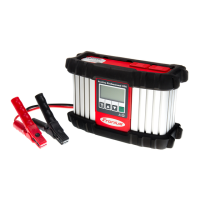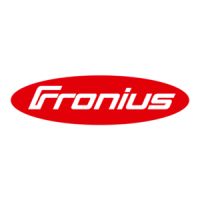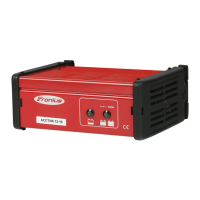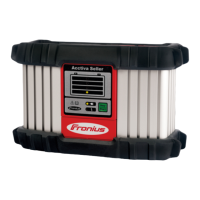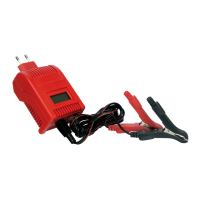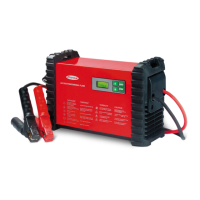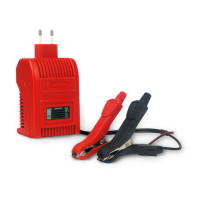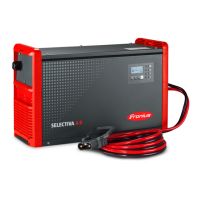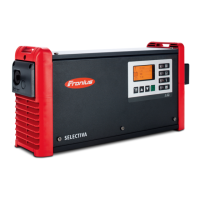What to do if Fronius Acctiva Professional 35 A Battery Charger charged too many Ah?
- JJohn GilesAug 12, 2025
If your Fronius Battery Charger has charged too many Ah, first, set the Ah to the correct value. Then, check for parallel consumers, such as a car radio. If the issue persists, the battery may be faulty and require replacement.
